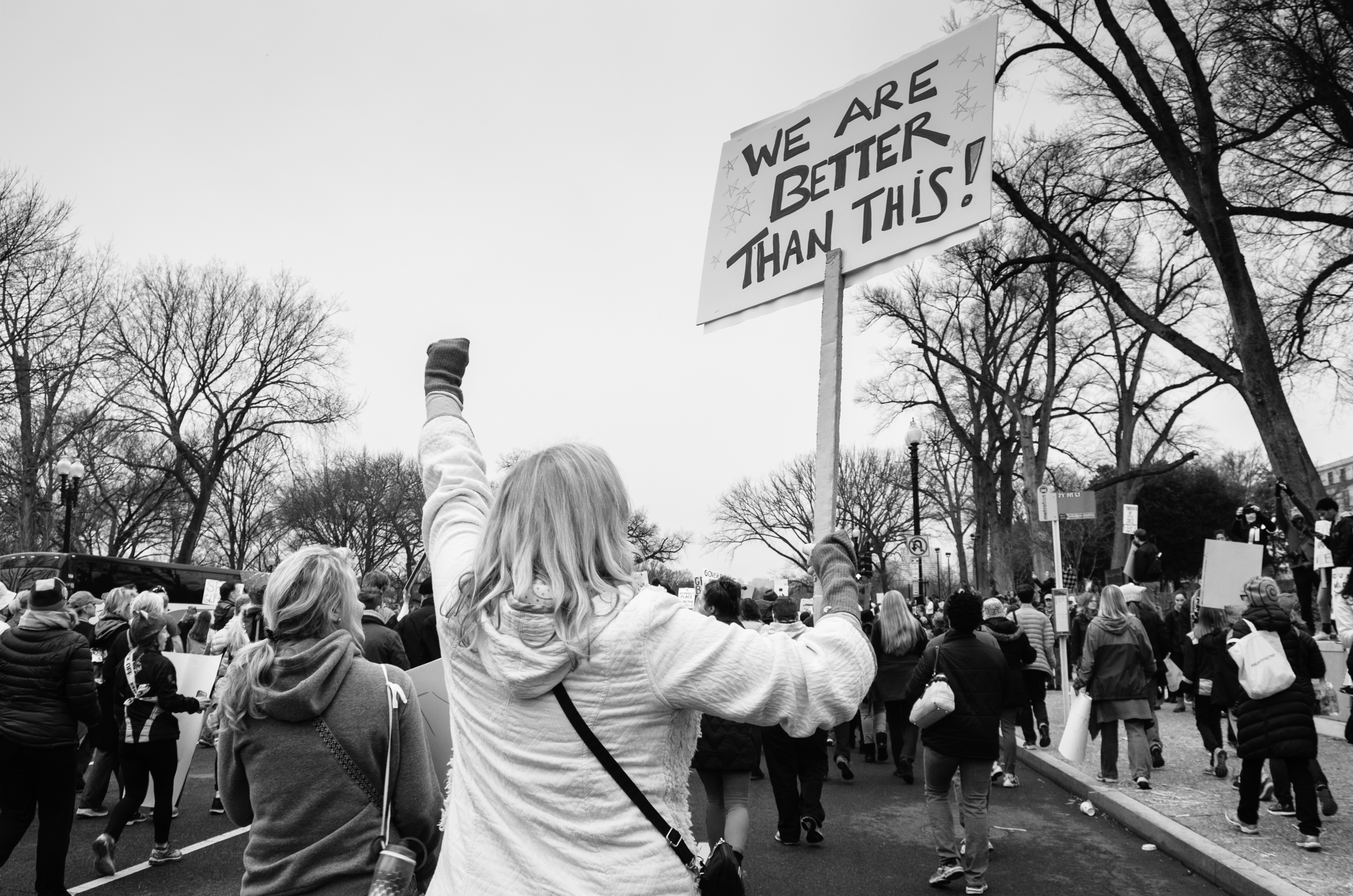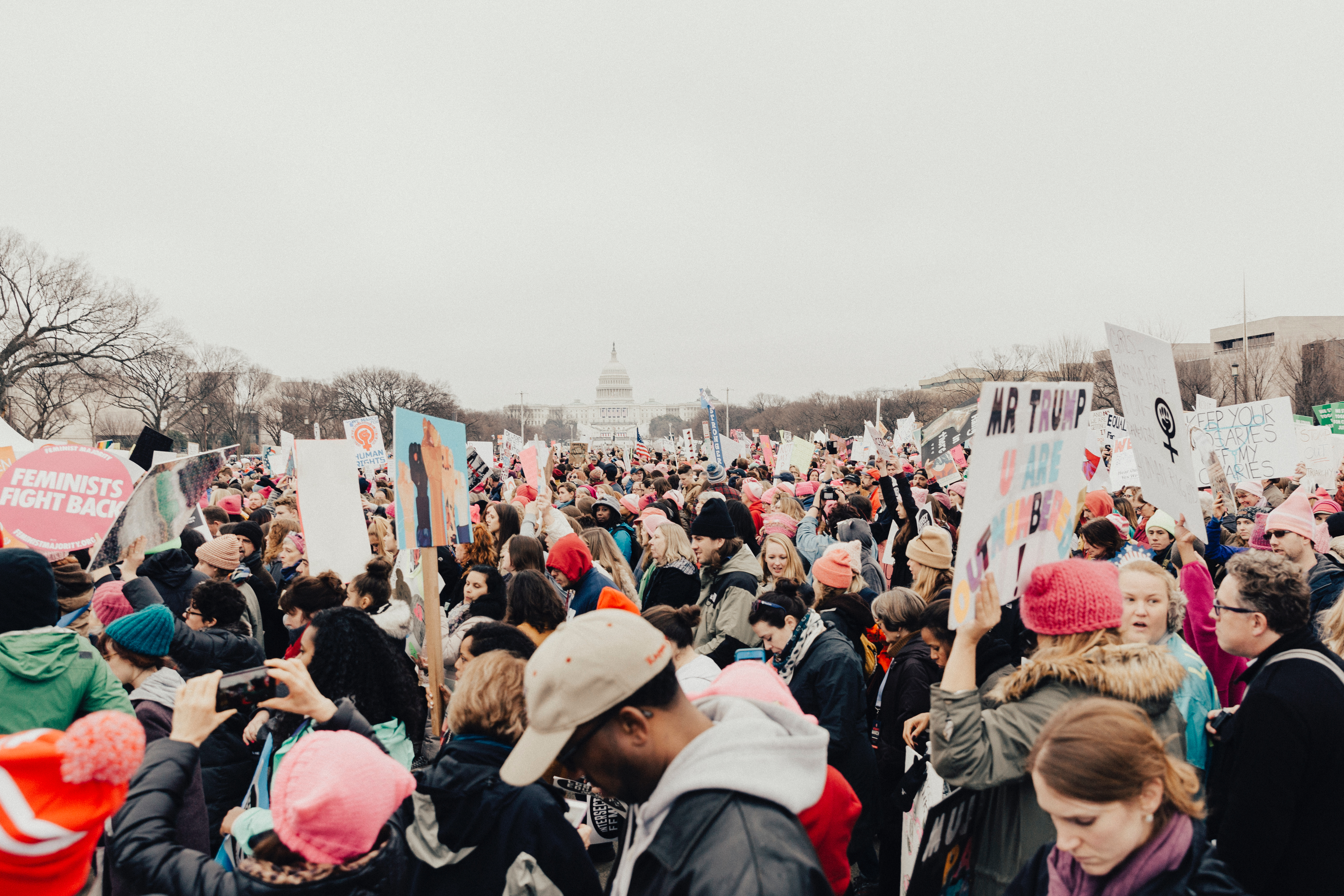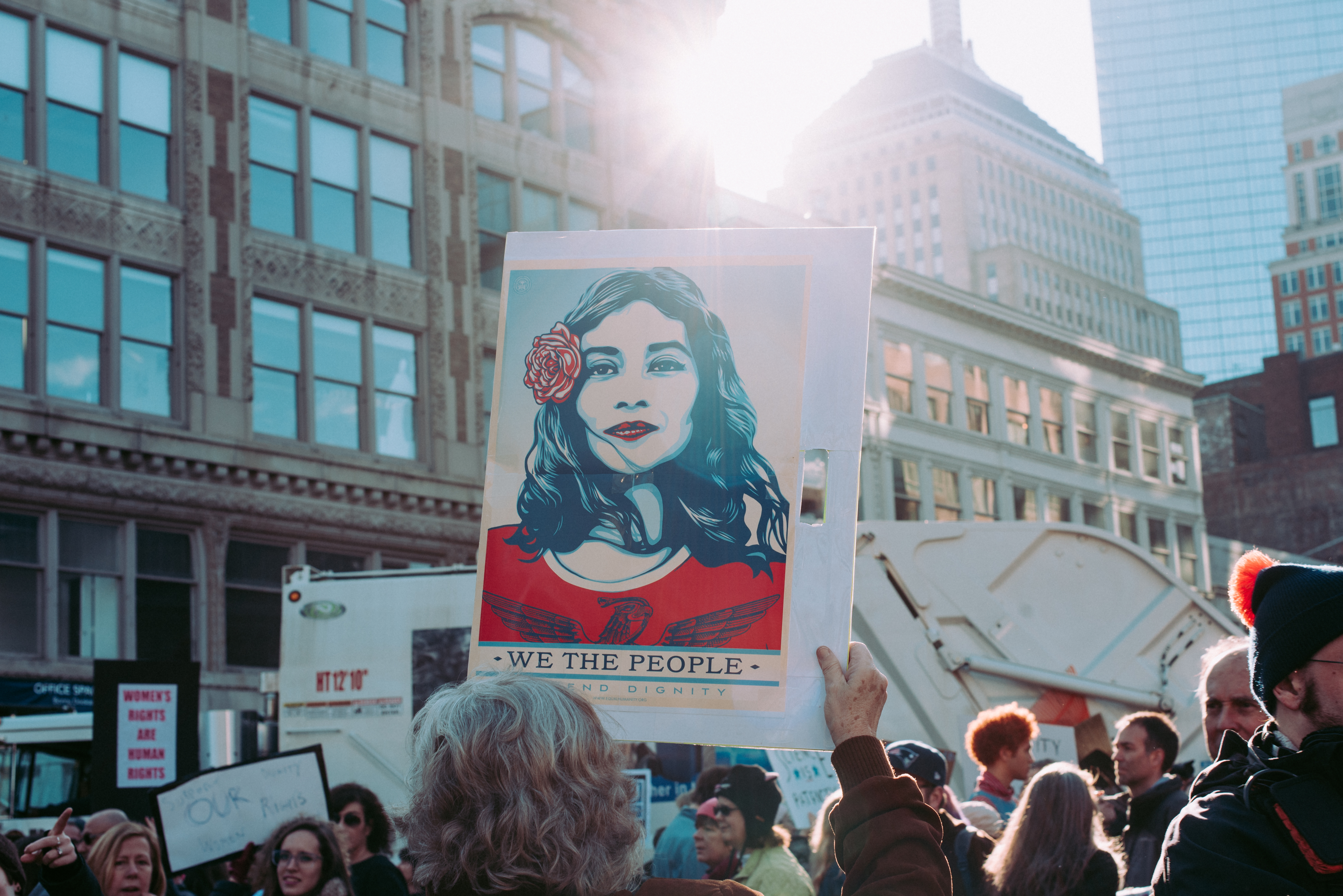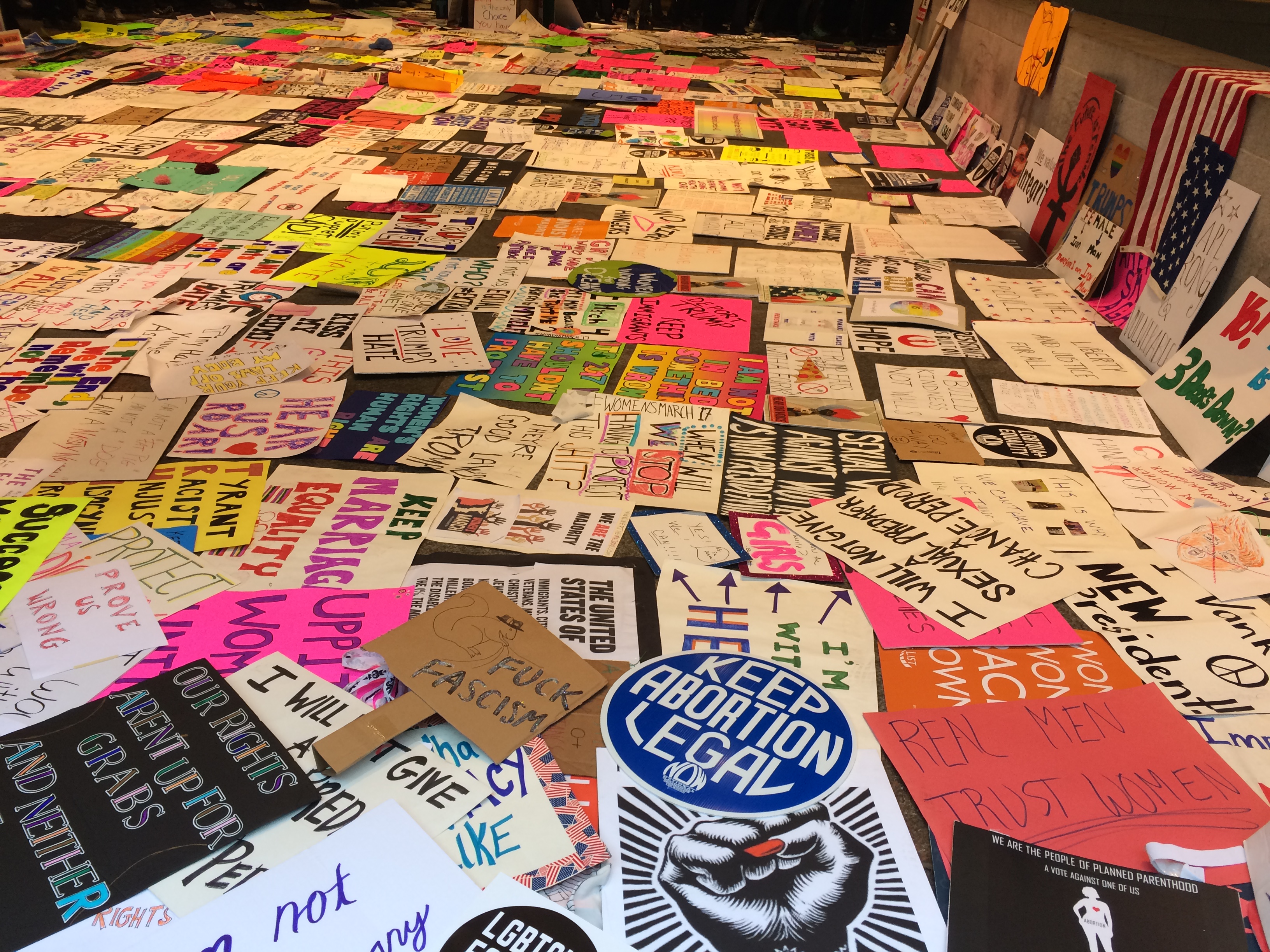How the Women’s March Went Viral
fevereiro 20, 2017
On the evening of November 8, after the election of Donald Trump shook the world, Teresa Shook, a retiree in Hawaii, launched a Facebook page calling for a Women’s March on Washington. When she woke up the next day, 10,000 people had signed on, and a fashion entrepreneur in NYC, Bob Bland, who had started a similar event page, reached out to combine forces.
Over the course of the next ten weeks, thousands of women and allies across the country and world began to mobilize their communities to march the day after Donald Trump’s inauguration. What started as a Facebook event spread virally, and on January 21, Women’s March became the largest peaceful demonstration in U.S. history. Over 5 million people took to the streets at more than 673 Women’s marches around the world.
While some might dismiss marchers as a collection of usual suspects outraged at the results of an election gone wrong, the data tell a different story. According to surveys collected at the Women’s March on Washington and analyzed by a research team from the University of Maryland, College Park, 33% of participants said it was their first march ever, and 56% said it was their first march in more than 5 years. More than half of the distributed Sister Marches on January 21 took place in states that voted Trump.

These emerging activists—many of whom rarely, if ever, engage politically outside of the voting booth—reflect the raw energy the election of Donald Trump has unleashed in every corner of the country. While many engaged with the Women’s March are first-time activists, these kinds of movement moments are not new.
Major world events like the World Trade Organization’s meetings in 1999, the start of the Iraq War in 2003 and the negotiation of an international climate accord in 2014 generated their own energy, but the mobilizations that successfully turned into effective movements were those that had a network of organizers behind them. These events helped focus tens of millions of people’s attention on what was at stake, and provided an outlet for that anxiety, but sustained engagement doesn’t happen on its own.
In each of these cases, careful organizing, messaging and coalition-building yielded much more impactful outcomes than would have otherwise been possible: the pace of international trade deals has slowed in the past decade, President Obama ended the war in Iraq, and the majority of the world’s countries signed an international climate agreement in Paris in 2015, in some part due to the engagement of leaders following mass mobilizations. These are incomplete wins, but they are meaningful nonetheless.
Most importantly, none of these outcomes would have been possible without real people doing the day-to-day work of mobilizing, organizing, building partnerships, and crafting ongoing engagement opportunities for the millions of grassroots leaders around the world.

In the months and weeks leading up to January 21, Purpose had the honor of working with a collective of organizers called The Sister March Network to launch a digital and organizing program designed to support distributed events around the country. The goals of the project were simple: to ensure that march organizers had all they needed to organize massive, safe and impactful events, and to set the stage for continued marcher engagement beyond January 21.
We knew from past experience at mass mobilization moments like this one that scaffolding a minimum viable product and getting it up and running as soon as possible is key. But where to start? There were dozens of Sister March event pages floating around Facebook and more being registered every day.
Starting in December, the Sister March Support Team began tracking down Sister March location and contact information, and onboarding them systematically. We set up a Slack for Sister March organizers, and began inviting them to join various channels to discuss issues like permits, fundraising, digital organizing, social media and more. On December 15, we held the first Sister March organizer call, which would evolve into weekly mass conference calls where hundreds of participants could hear from experts, trade stories and discussing challenges with each other.
We knew that our small team wouldn’t be able to handle the intimate details of hundreds of different events around the world, so we wrote a 20-page Sister March organizing guide based on best practices and crowdsourced material from around the country. As it turns out, local organizers are often expert at organizing locally.
We also worked with Action Network to set up a digital event system that gave Sister March organizers access to their own RSVP data and the tools to communicate. In an era when social media companies own our information and the means of spreading it, democratizing data is a critical step to democratizing our our movements, organizations, campaigns and society.

As January 21 approached, we launched a digital “help desk” for organizers, and engaged partner organizations to send out invitations to their members encouraging them to join a Sister March near them. And the numbers swelled. In the first few weeks of January, the number of events registered doubled, and our attendance estimates quadrupled.
We knew that by integrating digital and offline engagement, and investing in tools and grassroots leadership, we would provide onramps for emerging activists—people who had never done anything like this before.
Some of the key lessons learned—and principles we’ll follow into this new era of mobilization—include:
- Amplifying and elevating the voices of those taking action on the ground, not just celebrities, high-profile leaders or politicians.
- Emphasizing bottom-up organizing and peer-to-peer connections so that leadership is shared.
- Respecting the agency and leadership of local organizers and participants – they often know what works best where they live and work.
- Building narratives that span issue areas, but telling a cohesive, empowering story. We can’t afford issue silos in the era of Trump.
- Taking leadership from those most impacted by the issues we hope to tackle.
- Being movement-generous and partnering easily, but remaining politically independent.
- Mobilizing online and offline regularly, focusing on grassroots impact rather than fundraising.
Anger over Trump’s election and policies is driving engagement in every corner of the country, and it likely to grow in the weeks, months and years ahead. Our challenge is to harness that energy, generate real-world outcomes, and help create the enabling conditions for a lasting, powerful movement that can turn the political tide.

Um guia digital de combate à desinformação.